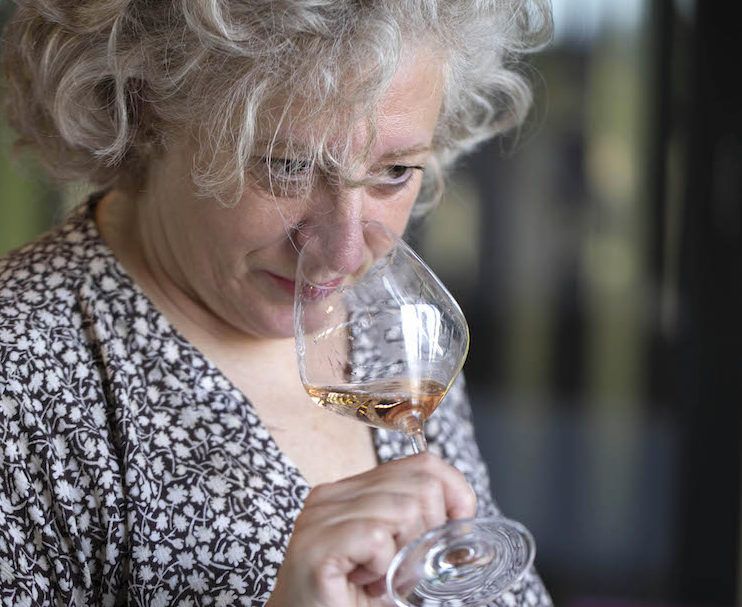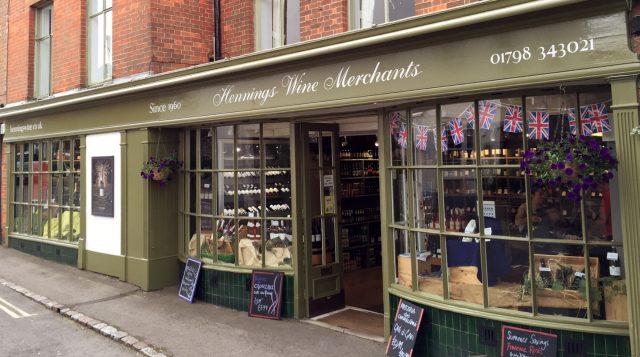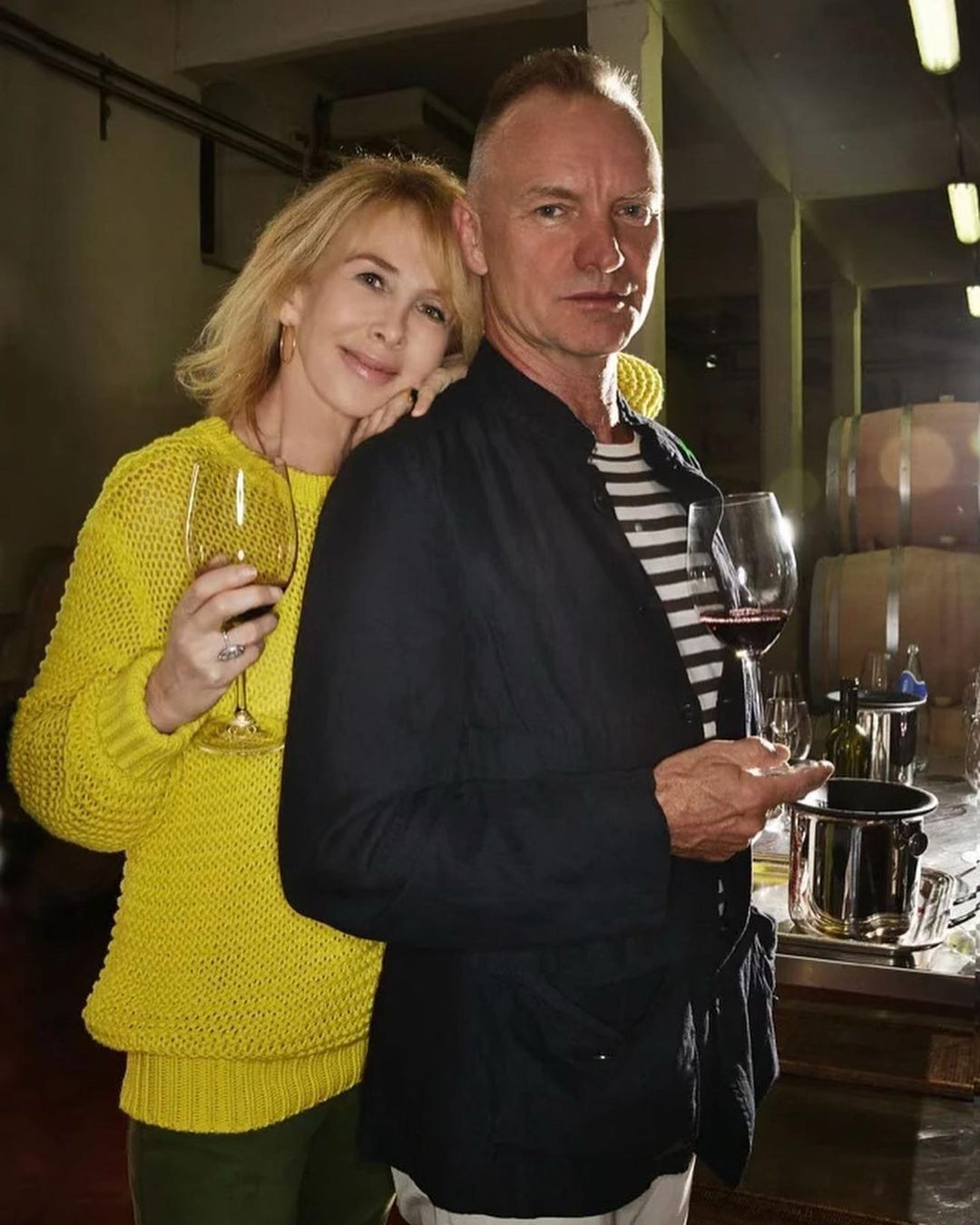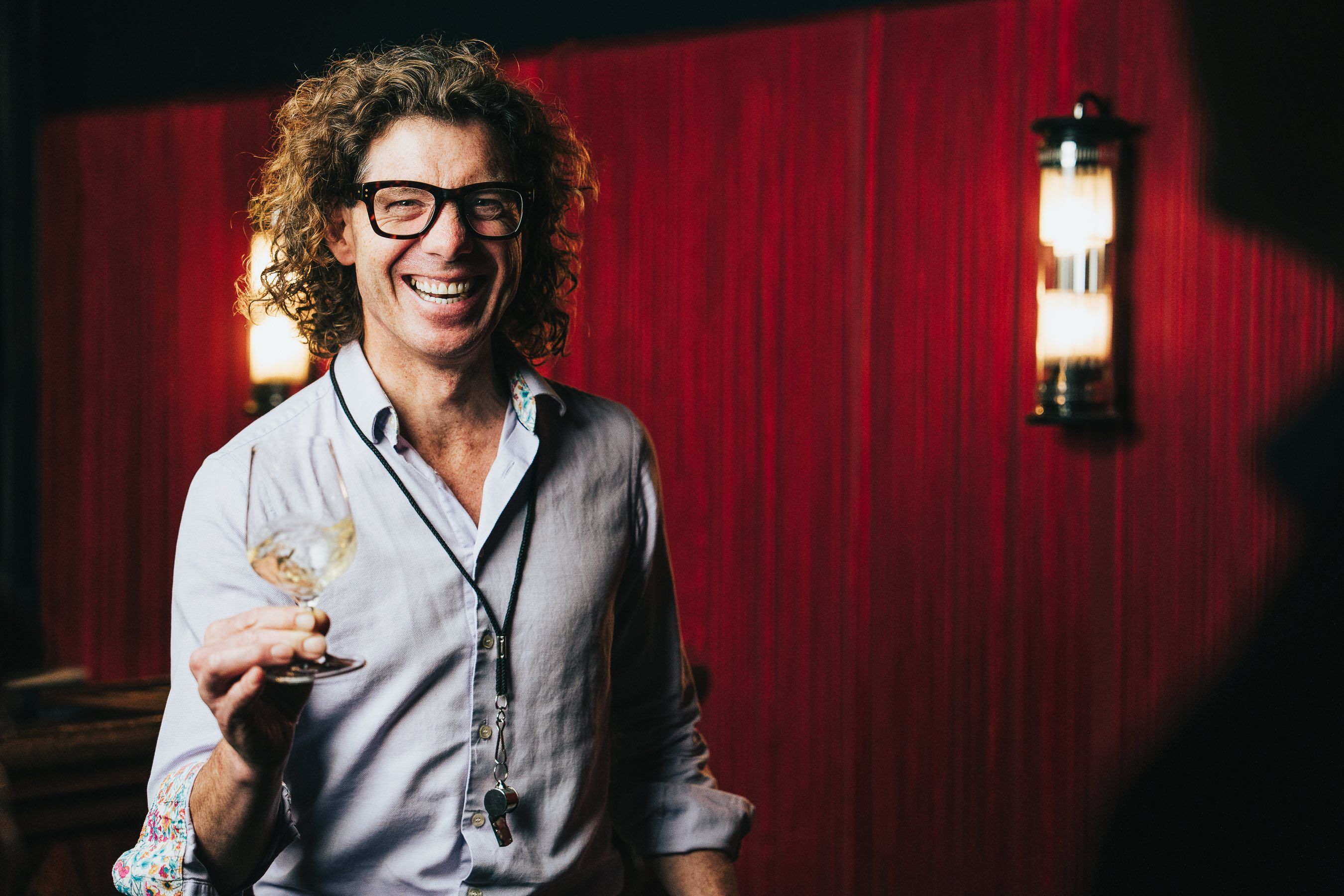Elizabeth Gabay MW is making an important point about rosé: just because it's pink doesn't mean it's Barbie. In her ground-breaking book, Rosé – Understanding the Pink Wine Revolution, published in 2018, Gabay tasted over 1500 rosés. Last year, she and her son Ben Bernheim published a second book, Rosés of Southern France. Both books argue that rosé deserves recognition for its complexity, terroir expression, and ageing potential, equating it to any other prestigious wine category.
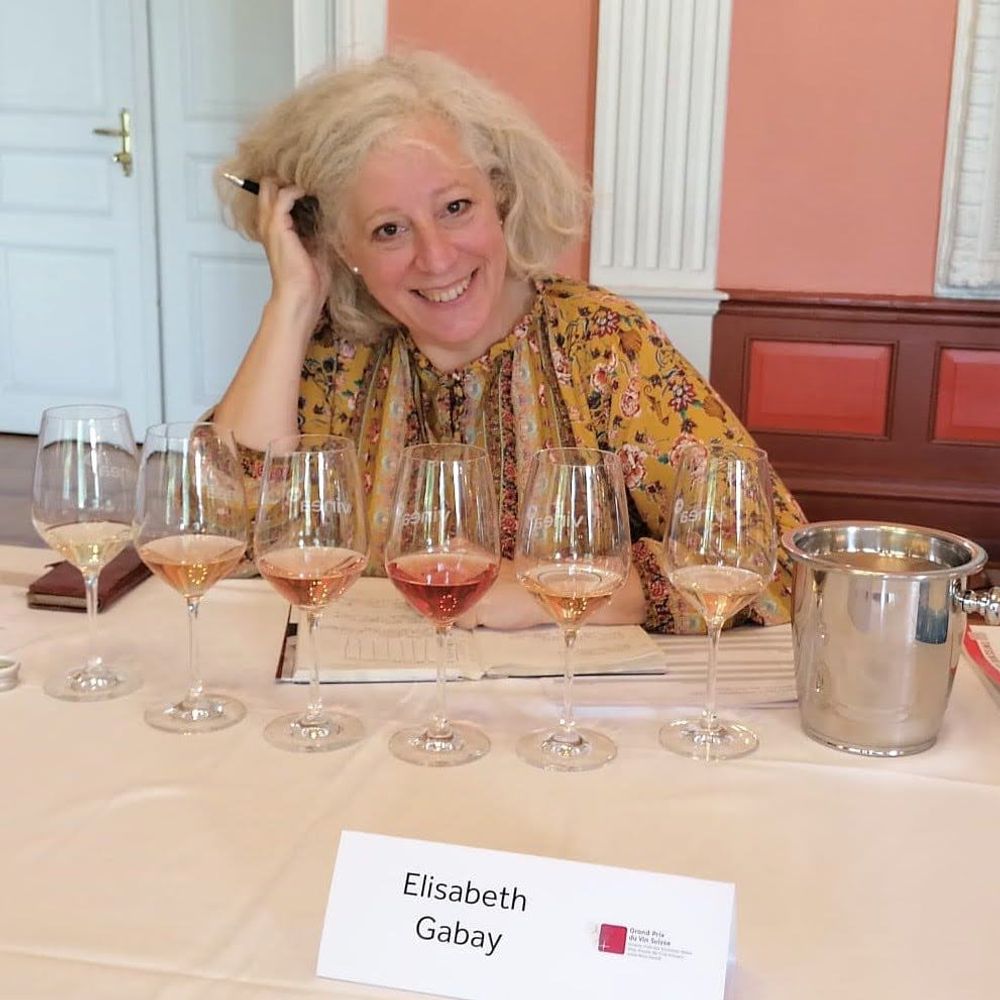
Rosé champion Elizabeth Gabay MW
Beyond her work as president of the International Rosé Championship, Gabay has thoroughly researched rosé, dismantling its fluffy, pink image and introducing readers to the real world of rosé globally. The London wine trade recently had the opportunity to taste a colourful and diverse array of rosés, where Gabay's argument was showcased with actual examples. With extensive research, she and Bernheim make it easy for the rest of the wine world to explore and appreciate the depth of rosé.
"We love rosé. We love its diversity, complexity, and the infinite combinations of terroir, grape variety, vintage variation, and winemaking that we find around the world. Many people think we are crazy. They see rosé as a pale pink, lightly aromatic swimming pool tipple that somehow tastes better if you're wearing a pink bikini. That is not what this tasting, Fine Rosé Day, is about," they write.
Indeed, my mum once said, "I don't like wine, only rosé." So clearly, this rosé education is much needed and highly appreciated by some extremely talented winemakers who see its variations as their life mission. For them, making good wine has no boundaries of colour.
Tasting highlights
The tasting featured over 78 rosé wines from various regions and styles.
Here are some standout examples:
Ekato Rosé, Ktima Toupis 2023, Arcadia, Greece
Ekato Rosé is a prime example of how innovative winemaking can transform rosé. This wine, made of 100% Moschofilero, displays a beautiful balance of fruit and acidity. It captures the essence of its terroir with vibrant flavours of red berries, herbs, and a hint of minerality, making it a refreshing yet complex wine. But don't be fooled, with 100 days skin contact (hence Ekato = 100), wild fermentation, unfiltered — feel free to pair it with a finely cut steak; you will be surprised!
Bancroft Wines
Classic Gran Reserva, Hacienda López de Haro, 2012, Rioja, Spain
From Spain, this Gran Reserva rosé combines Tempranillo and Garnacha grapes, boasting a deep salmon colour. Meticulously aged, it presents a mature and refined profile, rich with aromas of ripe strawberries, toasted nuts, and subtle spices. These elements create a luxurious and enduring finish, showcasing the ageing potential of rosé wines. Distinguished by its aromatic and silky essence.
Orange peel and basil undertones add to its distinct freshness, while vanilla and hay notes are seamlessly woven into the aromatic profile, giving the wine character. Full and balanced, with delicate sensations throughout. Impressive length, exuding subtlety and elegance, with saline touches that enhance its complexity.
The Wine Society
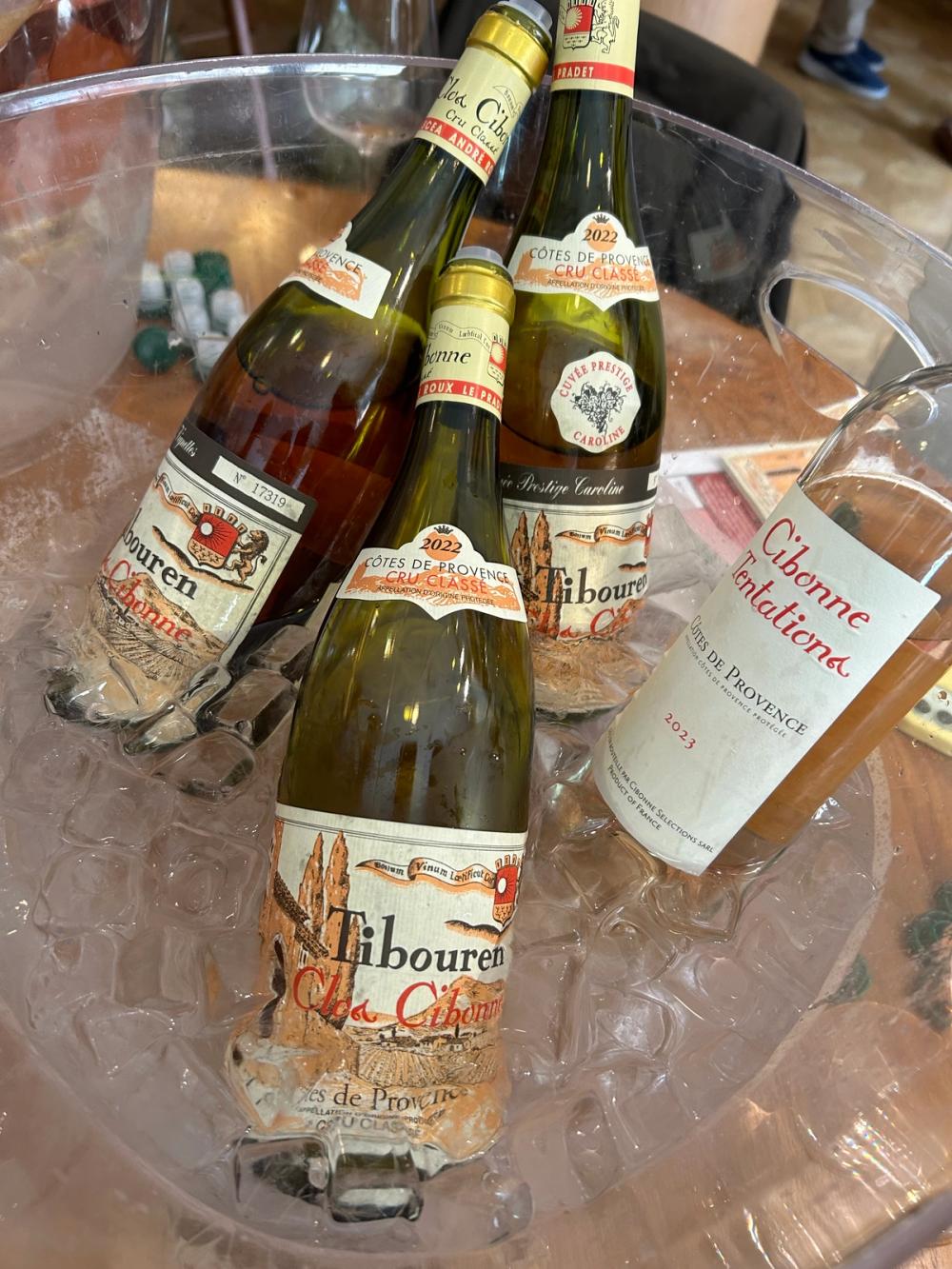
Clos Cibonne, Cuvee Des Vignettes 2022, Cru Classé, Côtes de Provence, France
Deep orange. A truly unique rosé made from the rare Tibouren grape (the blend also includes 10% Grenache). This wine stood out for its intensity and oxidative character. Notes of dried apricot, nuts, and a touch of honey create a fascinating, balanced profile and character in spite of the 14.5% ABV.
Graft Wine Company
Champagne Alexandre Bonnet, Les Contrées, 2019, Champagne, France
This rosé Champagne stood out with its commitment to darker rosés. Les Contrées is darker in colour, full-bodied, and oozing with elegance and depth. The complexity of this wine challenges the typical perception of rosé Champagne, showing that it can be both rich and sophisticated.
Looking for distribution
Catena Zapata, La Marchigiana Criolla Rosé, Argentina
High up in the Andes of Mendoza, Catena Zapata focuses on high-altitude vineyards and ungrafted old vines. Its La Marchigiana Criolla Rosé, made of 100% País (Criolla), dances on the palate like an elegant ballet dancer. Gentle but beautifully toned with well-defined tannins, this rosé spent over 250 days on skins in pots before bottling and is sulphite-free. Catena Zapata’s Malbec is popular, but the premium rosé is slower to catch on, which is a shame considering its quality.
Bibendum

Some of the takeouts from the day…..
Terroir: the heart of rosé's diversity
Terroir, the unique combination of soil, climate, and landscape, plays a crucial role in shaping the character of rosé wines. Each region imparts distinct qualities to its wines, and this tasting showcased the importance of terroir in the diversity of rosé.
Provence: limestone and clay
Provence is renowned for its rosé, and the wines tasted highlighted the region's limestone and clay soils. These soils contribute to the crisp acidity and minerality found in wines like Château de Berne, Château Sainte Marguerite and Domaine des Masques. The varied microclimates of Provence also allow for a range of styles, from light and delicate to rich and robust.
Coastal influence: Côtes de Provence Sainte-Roseline
The coastal vineyards of Côtes de Provence benefit from the cooling influence of the Mediterranean Sea. This moderating effect helps preserve acidity and imparts a touch of salinity to the wines. La Chapelle de Sainte Roseline is a perfect example, with its layers of red berries and herbs balanced by a refreshing saline finish.
Unique varietals: Château de Bellet
In the hills of Nice, Château de Bellet uses local grape varieties like Braquet and Folle Noire to create rosés with bold character and ageing potential. The unique terroir of this region, with its high altitude and varied soils, produces wines with intense aromas and a long, savoury finish.
Rare grapes: Clos Cibonne
Clos Cibonne's Tradition Tibouren stands out for its use of the rare and ancient (Provençal) grape of Southern France. The oxidative style and complexity of this wine are a direct result of the unique terroir and winemaking techniques employed. Notes of dried apricot, nuts, and honey create a fascinating profile that evolves with each sip.
High Altitude and Ungrafted Vines: Catena Zapata
In Mendoza, Argentina, Catena Zapata's high-altitude vineyards and ungrafted old vines contribute to the distinctive character of its La Marchigiana Criolla Rosé. The unique growing conditions and traditional winemaking techniques result in a rosé that is both elegant and complex, showcasing the potential of high-altitude terroir.

Elizabeth Gabay MW and Ben Bernheim
Gabay and Bernheim argue that the more rosé wines they sample, the more they discover the diversity of patterns, regional variations, and unique characters that emerge. I would agree - it's not that one style is too simple or 'pink' or the other too complex and dark. It's just that every region will have its unique style and character and rosé, as with red or white wine styles, provides us curious drinkers with more opportunities to discover this diversity.
Thanks to pioneers Elizabeth Gabay and Ben Bernheim, the world is beginning to see rosé in a new light, appreciating its true potential, finding its place in the pantheon of great wines. Terroir, grape variety, and winemaking all contribute to the incredible diversity and complexity of rosé, making it a wine worthy of serious consideration and enjoyment.

